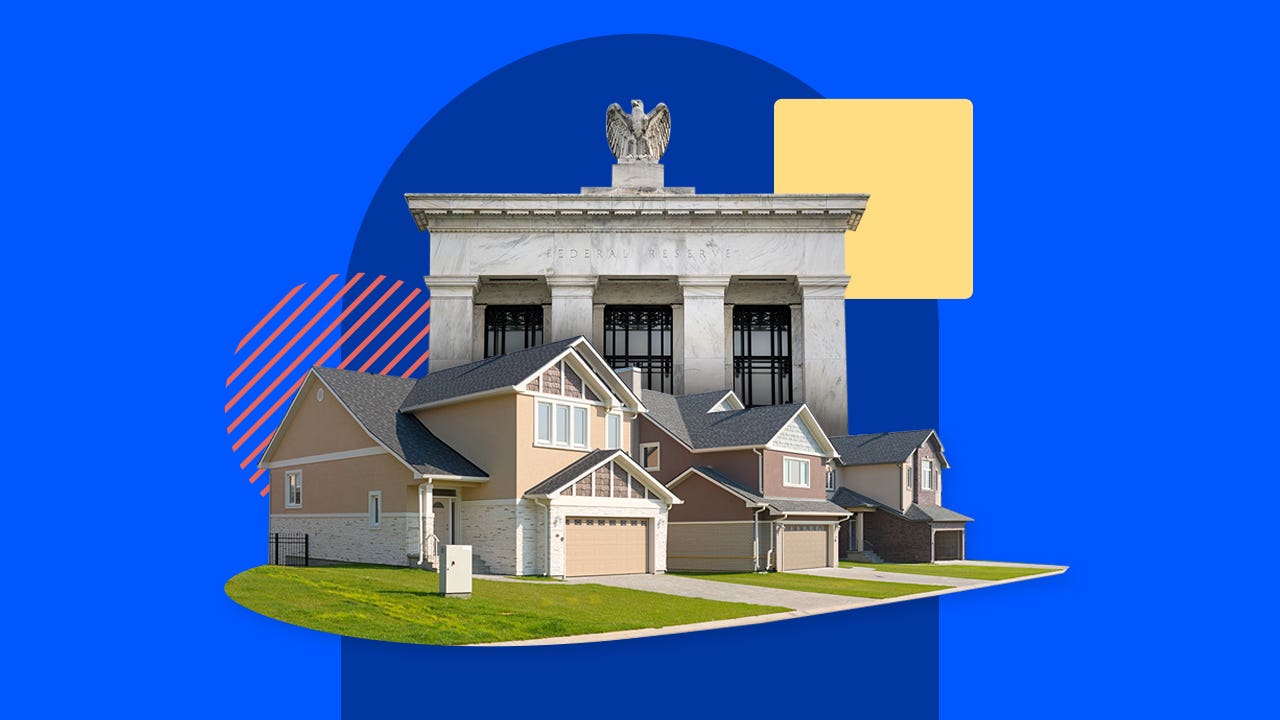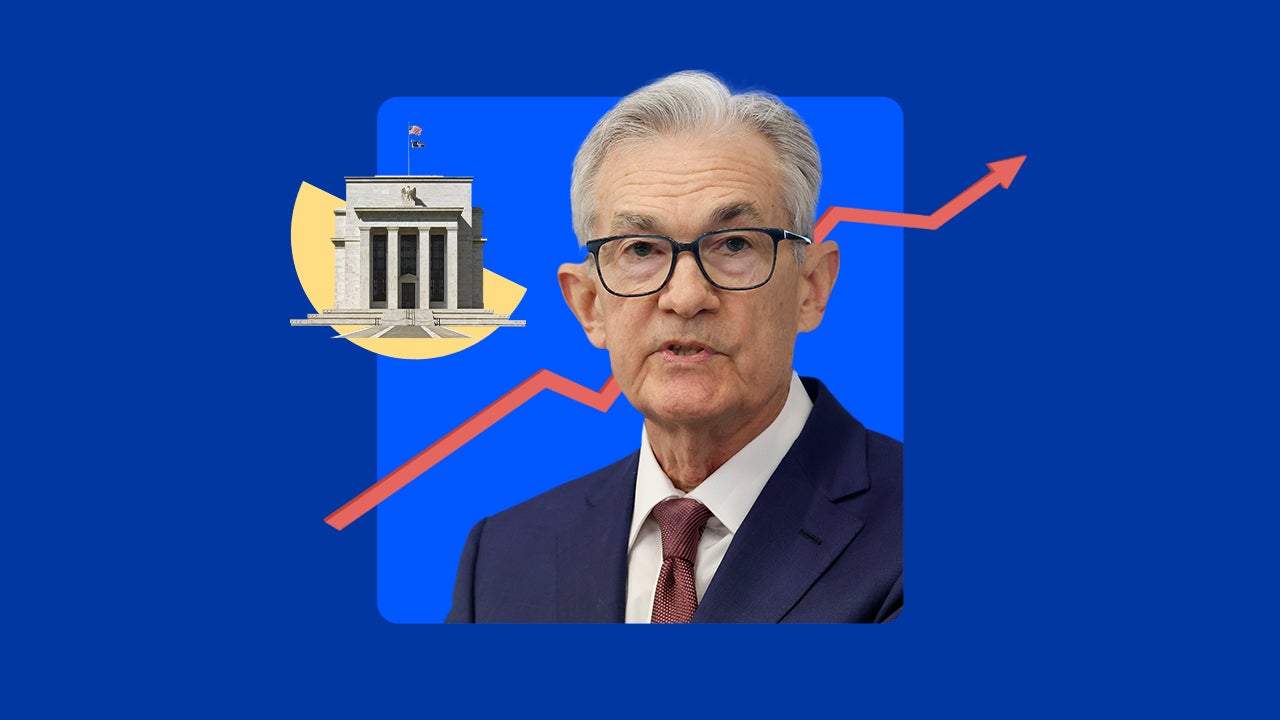How does the Federal Reserve affect mortgages?




The Federal Reserve doesn’t set mortgage rates outright, but its decisions do play a role in the percentages lenders offer would-be homeowners. And even if the Fed keeps its benchmark rate unchanged, mortgage rates can still fluctuate. Here’s how the Fed’s monetary policy affects mortgages and your ability to buy a home.
At its meeting on March 18-19, the Federal Open Market Committee (FOMC) voted to hold its benchmark interest rate at its current range of 4.25-4.5 percent. This is the second meeting in a row at which the Fed declined to change the federal funds rate, after making rate cuts at three consecutive meetings at the end of 2024. The board also released its economic projections for the year.
“The FOMC’s projections showed a weaker outlook for economic growth and the job market, but somewhat higher inflation for the near term compared to their forecasts in December,” said Mike Fratantoni, senior vice president and chief economist for the Mortgage Bankers Association (MBA), in a statement. “The statement indicates more concern about weaker economic growth, but its outlook for the federal funds target is unchanged, and it made no change to the rate target at this meeting. The FOMC is holding steady amidst substantial uncertainty regarding the outlook.”
“We aren’t in a hurry to adjust our policy stance and are well-positioned to wait for greater clarity,” said Fed Chair Jerome Powell in the press conference.
While fielding questions on tariffs, price stability, the possibility of a recession and more, Powell reiterated that the Fed is focused on two goals: keeping inflation and unemployment low. In this low-firing and low-hiring labor market, with continued inflation, the Fed finds itself in a tough position. As of now, it’s opting for a wait-and-see approach.
What does this mean for mortgage rates? Fratantoni predicts mortgage rates will remain in the 6.5 percent to 7 percent range in the near term.
How does a Fed rate pause affect mortgages?
The U.S. Federal Reserve sets borrowing costs for shorter-term loans by changing its federal funds rate. This rate dictates how much banks pay each other in interest to borrow funds from their reserves, kept at the Fed on an overnight basis. While this rate isn’t the same as the rate you’ll pay for your mortgage, they are related. As the cost for banks to borrow increases or decreases, the cost for you to borrow tends to follow suit. And when the Fed doesn’t change the federal funds rate, it generally encourages lenders to maintain mortgage rates in the current range.
For example, in 2022 and 2023, the Fed increased this key interest rate to help calm inflation, hikes that made it more costly for Americans to borrow money or take out credit. However, sometimes mortgage rates seem to ignore the Fed. While the Fed cut the rate three times at the end of 2024, mortgage rates remained relatively high, and even increased.
That’s because fixed-rate mortgages — the most popular type of home loan — don’t mirror the federal funds rate; they track the 10-year Treasury yield. When that goes up or down, fixed-rate mortgage rates do, too. Again, the two rates aren’t exactly the same. Your mortgage rate will be higher than the 10-year yield by an amount known as a spread or margin.
Typically, the gap between the 10-year Treasury yield and the 30-year fixed mortgage rate spans 1.5 to 2 percentage points. For much of 2023 and 2024, the spread grew to 3 percentage points, making mortgages more expensive. The main reason for this was added risk in the marketplace due to rapidly rising rates. However, the margin has been shrinking again. It’s currently closer to 2.5 percentage points.
Mortgage rates also move due to:
- Inflation: Generally, when inflation picks up, so do fixed interest rates.
- Supply and demand: When mortgage lenders have too much business, they raise rates to decrease demand. When business is light, they tend to cut rates to attract more customers.
- The secondary mortgage market, where investors buy mortgage-backed securities: Most lenders bundle the mortgages they underwrite and sell them in the secondary marketplace to investors. When investor demand is high, mortgage rates trend a little lower. When investors aren’t buying, rates might rise to attract them.
The Fed also buys and sells debt securities in the financial marketplace. This helps support the flow of credit, which tends to have an overarching impact on mortgage rates.
How the Fed affects adjustable rate mortgages (ARMs)
While fixed-rate mortgages dominate the U.S. residential financing scene, some Americans prefer adjustable rate mortgages (ARMs), which have variable interest rates that reset annually or semi-annually. The Fed’s moves can affect them more directly.
More specifically, the rates on ARMs are often tied to the Secured Overnight Financing Rate, or SOFR. Because the Fed’s rate decisions serve as a basis for savings instruments, raising or lowering the fed funds rate can push the SOFR up or down. ARM rates, in turn, go up or down as well when the rate resets.
All this means that, if the federal funds rate goes up, your ARM rate will increase as well at the next adjustment.
Key Fed moves that impacted mortgage rates
In response to the economic effects of COVID-19, the Fed cut the federal funds rate to near zero. While 30-year mortgage rates didn’t fall to the same degree, they did reach historic lows. The average 30-year mortgage rate bottomed out at 2.97 percent in Feb. 2021, according to Bankrate data.
The Fed raised their rate consistently starting in March 2022, as inflation picked up and the U.S. emerged from the pandemic. The federal funds rate reached 5.33 percent in August 2023, where it stayed until the end of September 2024. As the funds rate grew, so did mortgage rates, with the 30-year rate breaching 8 percent in October 2023.
Though the Fed cut its rate three times at the end of 2024 — at its September, October and December meetings, a total of 100 basis points — mortgage rates remained elevated, often averaging above 7 percent. Only now, as economic uncertainty increases, have 30-year rates fallen.
What to consider if you’re getting a mortgage
Regardless of current Federal Reserve policy, the best ways to get the lowest possible mortgage rate are to maintain solid credit, keep your debt low, make as large a down payment as you can and shop around for loan offers.
When comparing rates, look at the APR, not just the interest rate — some lenders advertise low interest rates, but offset them with high fees. Knowing your APR will help you understand your true, all-in cost.





